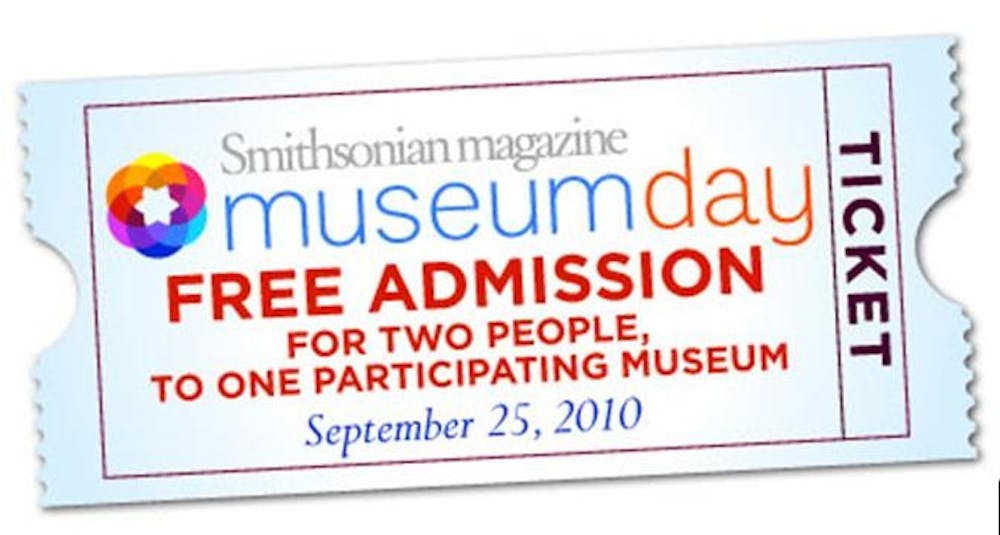The Philadelphia Museum of Art (PMA) is a costly trip. If it’s nice out you can walk, but otherwise it’s a pain to get to via SEPTA, so you’re forced to fork out $20 for a cab there and back. Upon arrival you pay $14 as a student to enter the exhibitions. Should an institution that aims to be a civic space really cost us $34 per visit? I grew up in the United Kingdom where admissions to national museums are free, so handing over the bills always makes me cringe. Plus, in a year I’ll be paying an additional $6 as an “Adult.” Maybe I should move to D.C. where the Smithsonian museums are free.
Admissions costs are often confusing; there are unspoken loopholes and exceptions (i.e. Art History majors get into the PMA for free). At the Metropolitan Museum of Art in New York the ticketing makes the $25 fee seem as though it is required rather than recommended. The word “recommended” is in a smaller, easily missable font, and the attendant will ring you up for the full price unless you specify otherwise. Similar to the Pay–What–You–Wish Wednesdays at the PMA, a donation of $1 will earn you a judgmental stare down. The Met has approximately six million visitors annually, and 40% of them pay the full price ticket.
A 2011 survey by The Art Newspaper revealed that the art museums of smaller cities tended to be free while those of larger cities tended to have higher entry fees. The study argued that museums in major cities focus on tourists and thus they charge accordingly. Meanwhile, cities with less “tourism desirability” rely on returning local visitors. The Dallas Museum of Art (DMA) got rid of its admission and membership fees in January 2013. In Philadelphia, the major art museums are hardly accessible for the majority of the city’s population. As Anderson, director of the DMA, said, “many taxpayers don’t have the disposable income to toss around for cultural endeavors. They’ve got to pay the bills, keep the kids clothed. They have serious issues. And I don’t want an admission fee to be an obstacle to them.”
Essentially, it boils down to whether museums should concentrate on producing profits, or whether they should be free collective resources. Glenn D. Lowry, director of the Museum of Modern Art, maintains, “it’s almost a moral duty that museums should be free.” Meanwhile, Phillippe de Montebello, director of the Met, argues that people pay “huge amounts of money” to attend concerts and sporting events. He questioned, “What is it about art that it shouldn’t be paid for?”

